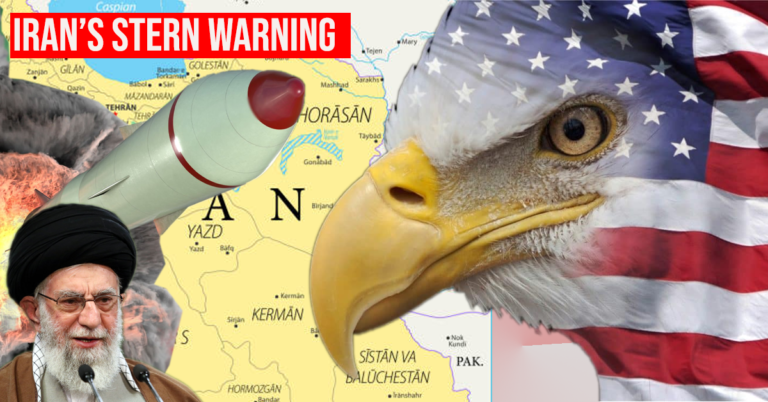
China Strategy

Introduction: The Ripple Effects of Trump’s Trade Wars -China Strategy
When former U.S. President Donald Trump launched his aggressive trade policies against China Strategy in 2018, the world braced for impact. Tariffs on $360 billion worth of Chinese goods sent shockwaves through global supply chains, pushing companies to rethink their reliance on Beijing. Fast-forward to today, and the aftermath of those policies is still reshaping global economics—with India poised to emerge as an unexpected beneficiary. This article explores how Trump’s China-focused strategy, though politically contentious, may have inadvertently handed India a golden ticket to reinvent itself on the world stage.
1. The Great Supply Chain Migration – China Strategy
Trump’s tariffs forced multinational corporations to confront a harsh reality: over-dependence on China was risky. Companies like Apple, Samsung, and Sony began exploring alternatives to avoid soaring costs. Enter India, a nation long overshadowed by China’s manufacturing might but now stepping into the spotlight.
Consider Rajesh Mehta, a third-generation factory owner in Pune. In 2019, his textile business was struggling to compete with Chinese imports. By 2021, he was fielding calls from U.S. retailers desperate to diversify suppliers. “Suddenly, ‘Made in India’ wasn’t just a slogan—it was a necessity for survival,” he says.
Key Insight: The U.S.-China trade war accelerated a shift toward “China Plus One” strategies, where firms diversify production to avoid geopolitical risks. India, with its vast labor force and improving infrastructure, is a top contender.
2. Sectors Poised for Growth – China Strategy
- Electronics: Foxconn and Wistron, key Apple suppliers, have expanded operations in Tamil Nadu and Karnataka. India’s electronics exports surged to 16billionin2022,upfrom16billionin2022,upfrom6 billion in 2018.
- Pharmaceuticals: Dubbed the “pharmacy of the world,” India supplies 60% of global vaccines. Post-COVID, the U.S. is eyeing Indian APIs (active pharmaceutical ingredients) to reduce reliance on China.
- Renewable Energy: With the U.S. and EU seeking alternatives for solar panels, India’s ambitious green energy targets align perfectly.

3. Geopolitical Chess: The Quad and Beyond – China Strategy
Trump’s confrontational approach to China revitalized the Quad alliance (U.S., India, Japan, Australia), positioning India as a strategic counterweight. Joint initiatives like the Indo-Pacific Economic Framework aim to bolster trade and security ties.
“India isn’t just a replacement for China—it’s a democratic ally in a volatile region,” explains foreign policy analyst Priya Kumar. “That’s invaluable to Washington.”
4. Challenges: Can India Seize the Moment? – China Strategy
Despite optimism, hurdles remain:
- Infrastructure Gaps: Ports, roads, and power grids lag behind China’s.
- Bureaucracy: Slow permit approvals frustrate investors.
- Labor Reforms: Stringent laws deter factory scalability.
Yet, progress is visible. Mumbai’s new coastal highway and streamlined labor codes signal a shift toward investor-friendly policies.
5. The Road Ahead – China Strategy
India’s success hinges on sustained reforms and global partnerships. If New Delhi can address inefficiencies, it could absorb $1 trillion of manufacturing turnover shifting out of China by 2030, per a Morgan Stanley report.
Conclusion: A New Dawn for India?
Trump’s China strategy was a catalyst, not a cure-all. But for India, the moment is ripe to rewrite its economic narrative. As global trust in China wavers, India’s blend of democracy, demography, and determination could finally unlock its potential as a 21st-century powerhouse.







